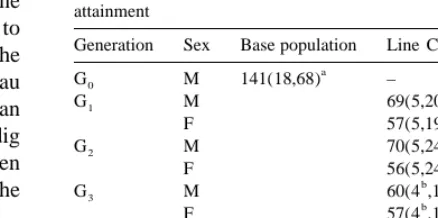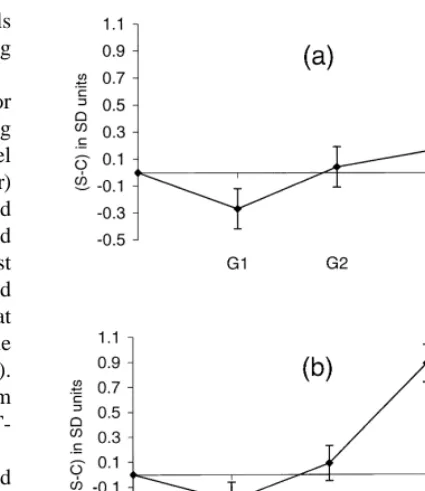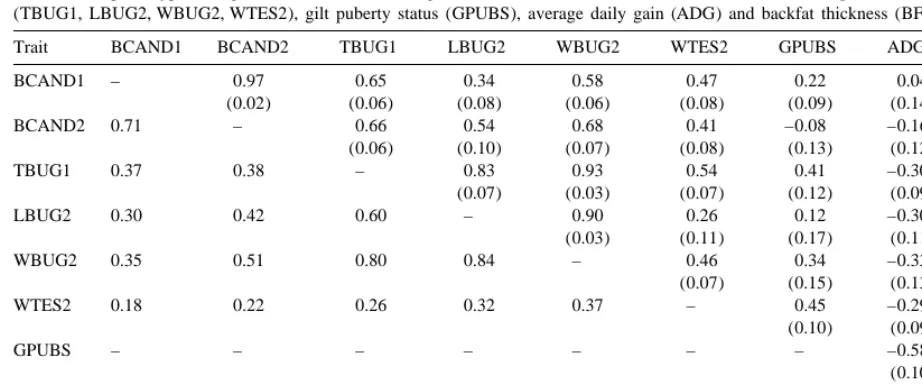Directory UMM :Data Elmu:jurnal:L:Livestock Production Science:Vol63.Issue3.May2000:
Teks penuh
Gambar




Dokumen terkait
Like in the previous embedding from CBDT to EU, there is a loose correspondence between correlation and similarity: if the previously encountered case gives the decision maker
While afterwards in the iron-treated However, it is not possible to differentiate whether animals plasma concentrations of retinol remained on the observed effect of iron on
represents the heritability of length of productive life Estimates of sire variance, heritability and parame- when all daughters of sires have uncensored records ters of the
Parity number was higher and herd life was longer Average pig output accumulated during herd life for females culled for Old age (P ,0.01) than for was 45 pigs born, 41.3 pigs
By using the trac count data that can be collected easily, we have derived a formula for estimating the theoretical congestion toll in terms of the average wage rate, the value
As shown in Table 6, the composition schedule of an increasing production speed on both machines results in a lower weight of the inner layer in the smaller thicknesses on the KM-6
In case of the RHS elements the question is, within which range an RHS element can change so that the current optimal basis stays optimal, and what is the rate of change (shadow
It presents methods for determining the optimal process target for an industrial process that considers the costs and bene " ts associated with holding rejected goods for